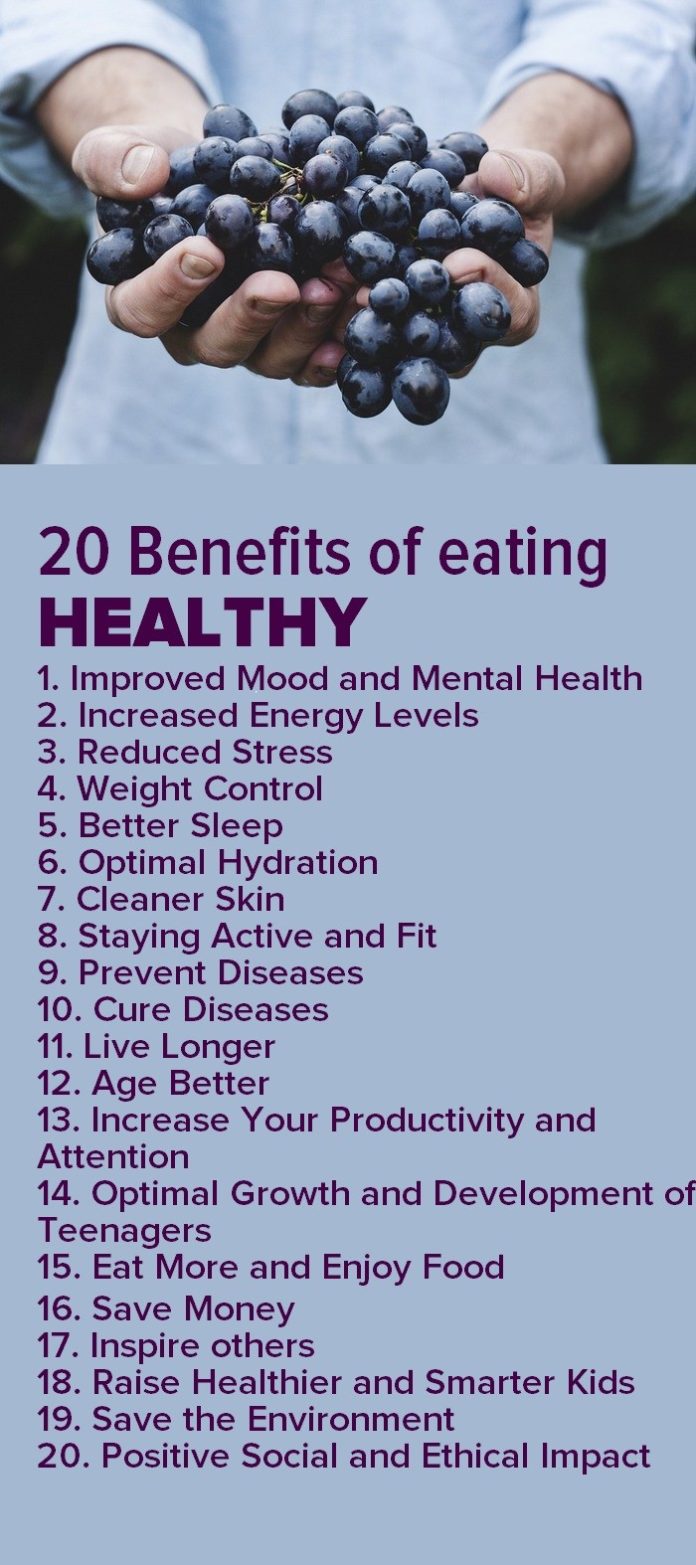The Concept of Eating Twice a Day: A Comprehensive Approach
The “eat twice a day” lifestyle, also known as intermittent fasting or OMAD (One Meal a Day), involves consuming all daily calories within two meals, typically spaced 5-6 hours apart. This approach differs significantly from traditional meal frequencies, which often include three or more meals and snacks throughout the day. By condensing meal times, the “eat twice a day” method offers potential benefits for overall health and well-being.
Science-Backed Reasons to Try Eating Twice a Day
The “eat twice a day” lifestyle has gained popularity due to its potential health benefits, which are supported by scientific research. A study published in the journal Cell Metabolism found that restricting meal times improved metabolic efficiency, reduced body weight, and decreased the risk of chronic diseases in mice. Additionally, a study in the British Journal of Nutrition reported that participants who consumed their calories within a 10-hour window experienced improved insulin sensitivity and reduced body fat.
Expert opinions also support the “eat twice a day” approach. Dr. Jason Fung, a nephrologist and leading expert on intermittent fasting, emphasizes the importance of hormonal balance in weight management. By allowing the body to enter a fasted state for an extended period, the “eat twice a day” method can help regulate insulin levels, enhance fat burning, and promote overall health.
How to Successfully Implement an “Eat Twice a Day” Routine
Transitioning to an “eat twice a day” lifestyle requires careful planning and consideration. Start by selecting a consistent 6-8 hour window during which you will consume your meals. This window should align with your schedule and preferences, allowing for adequate nutrition and energy throughout the day.
Next, focus on meal planning and portion control. Divide your daily caloric intake into two balanced meals, ensuring that each meal provides essential nutrients, vitamins, and minerals. Aim for a mix of protein, healthy fats, and complex carbohydrates to support overall health and well-being.
Be prepared for challenges and misconceptions. Some individuals may express concern about the lack of frequent meals or the potential for overeating during meal times. Address these concerns by emphasizing the importance of balanced meals and mindful eating. Encourage open communication and education to help others understand the benefits of the “eat twice a day” lifestyle.
Balancing Nutrition: Ensuring Complete Meals When Eating Twice a Day
Maintaining a balanced diet is crucial when adopting the “eat twice a day” lifestyle. Focus on incorporating essential nutrients, vitamins, and minerals into each meal. Aim for a mix of protein, healthy fats, and complex carbohydrates to support overall health and well-being.
For breakfast, consider incorporating whole grains, fruits, and lean proteins. A bowl of oatmeal topped with berries and a spoonful of nut butter provides fiber, antioxidants, and healthy fats. Add a side of scrambled eggs for additional protein and essential amino acids.
For dinner, opt for a balanced plate of lean protein, vegetables, and whole grains. Grilled chicken, steamed broccoli, and quinoa offer a variety of nutrients, vitamins, and minerals. Alternatively, a vegetarian stir-fry with tofu, bell peppers, and brown rice can provide a nutrient-dense, satisfying meal.
Stay hydrated by drinking plenty of water throughout the day. Aim for at least eight 8-ounce glasses to support digestion, nutrient absorption, and overall health.
Adapting Eating Twice a Day to Individual Lifestyles and Needs
The “eat twice a day” lifestyle can be easily adapted to individual preferences, schedules, and dietary restrictions. Emphasize the importance of flexibility and personalization for long-term success.
For those with busy schedules, consider consolidating meals around work or school commitments. For example, enjoy a balanced breakfast before leaving for work and a satisfying dinner after returning home. This approach allows for adequate nutrition and energy throughout the day while accommodating time constraints.
Individuals with specific dietary restrictions, such as vegetarian, vegan, or gluten-free, can modify their meal plans accordingly. Focus on incorporating a variety of whole foods, such as fruits, vegetables, whole grains, legumes, nuts, and seeds, to ensure a balanced intake of essential nutrients, vitamins, and minerals.
Athletes or those with higher energy demands may require additional calories or nutrients to support their physical activities. In these cases, consider increasing portion sizes or incorporating nutrient-dense snacks, such as protein shakes or energy bars, within the eating window.
Potential Drawbacks and Solutions: Addressing Concerns About Eating Twice a Day
While the “eat twice a day” lifestyle offers numerous benefits, it may present some challenges. Addressing these concerns can help maintain a balanced approach and ensure long-term success.
One potential concern is increased hunger between meals. To combat this, focus on consuming nutrient-dense, high-fiber, and high-protein foods during meal times. These options can promote satiety and reduce cravings throughout the day. Additionally, consider incorporating healthy snacks, such as fresh fruit, nuts, or yogurt, within the eating window if needed.
Energy crashes may also occur, particularly if meals are not properly balanced or if meals are skipped. Ensure that each meal contains a mix of carbohydrates, proteins, and fats to provide a steady source of energy. Avoid skipping meals, as this can lead to decreased energy levels and increased hunger.
Social implications may arise when dining with friends or family who do not follow the “eat twice a day” lifestyle. In these situations, be open to adjusting your eating schedule or finding compromise. For example, enjoy a light, early dinner with your companions and then consume a second, more substantial meal later in the evening.
Long-Term Success: Maintaining an “Eat Twice a Day” Lifestyle for Optimal Health
Consistency and sustainability are key factors in achieving long-term success with the “eat twice a day” lifestyle. By understanding the benefits and challenges, individuals can develop strategies for maintaining this approach over time.
To ensure long-term success, focus on creating a routine that is both enjoyable and manageable. Incorporate a variety of whole foods, flavors, and textures to keep meals interesting and satisfying. Additionally, consider meal prepping or planning to simplify the process and reduce decision-making during busy weeks.
Staying motivated can be challenging, especially when faced with plateaus or setbacks. In these situations, remind yourself of the reasons for adopting the “eat twice a day” lifestyle and the progress you have made thus far. Connect with like-minded individuals or online communities for support and encouragement. Celebrate small victories and acknowledge achievements along the way to maintain enthusiasm and dedication.
Lastly, be prepared for occasional deviations from the “eat twice a day” routine. Whether due to social events, travel, or personal preference, it is essential to remain flexible and avoid becoming overly rigid in your approach. By allowing for occasional flexibility, you can maintain a balanced perspective and avoid feelings of guilt or frustration when deviations occur.
Real-Life Success Stories: Inspiration from Individuals Who Have Embraced Eating Twice a Day
Hearing about the experiences of others who have successfully adopted the “eat twice a day” lifestyle can provide valuable insights and motivation. Here, we share inspiring stories from individuals who have embraced this approach and experienced positive changes in their health and well-being.
“After struggling with disordered eating patterns for years, I decided to give the ‘eat twice a day’ lifestyle a try. At first, it felt strange to consolidate my meals, but I quickly noticed improvements in my energy levels and digestion. Now, I feel more in tune with my body and its needs, and I no longer experience the mid-afternoon slumps that used to plague me.” – Sarah, 32
“As a busy entrepreneur, I found it challenging to maintain a balanced diet while juggling work and personal commitments. By eating twice a day, I can streamline my meal planning and ensure that I’m getting the nutrients I need without sacrificing productivity. This approach has been a game-changer for my health and my business.” – Mark, 45
“I was initially hesitant to try the ‘eat twice a day’ lifestyle due to concerns about hunger and energy crashes. However, by focusing on balanced meals and incorporating nutrient-dense snacks when needed, I’ve been able to maintain consistent energy levels throughout the day. I’m thrilled with the results and plan to continue this approach in the long term.” – Emily, 28









